Anglican Style Clergy Surplice
$ 109.99 – $ 119.99
- Anglican Surplice crafted with the finest cotton-rich fabric.
- Cull-cut body and round sleeves safeguards calm movement.
- Round neck adds a touch of refinement.
- Uplift your clergy attire with our excellent surplice
- Machine washable, available entirely at Clergy Wear Shop.
- Designed to fit both men and ladies.
- Tailored In High-Quality White.
Note: Black cassock may be added click here
The Attraction of the Anglican Surplice
Embracing Tradition with the Anglican Surplice
In the realm of ecclesiastical vestments, the Anglican Surplice stands as a timeless symbol of tradition and reverence. This article delves into the rich history, significance, and contemporary appeal of this distinctive religious garment.
Origins and Evolution
The journey of the Anglican Surplices can be traced back to medieval times. Emerging as a vestment worn over other liturgical garments, its purpose was to denote clerical authority and enhance the aesthetic grandeur of religious ceremonies. Over the centuries, the surplice underwent subtle transformations, adapting to changing styles while retaining its core essence.
Design and Symbolism: Decoding the Elegance
The Anglican Surplices boasts a design that seamlessly blends simplicity with elegance. Typically crafted from fine linen, it features wide sleeves and falls to knee-length. The use of delicate lace or intricate embroidery enhances its visual appeal, making it a symbol of purity and solemnity.
Symbolic Significance
Beyond its aesthetic allure, each element of the surplices holds symbolic significance. The flowing sleeves symbolize the embracing nature of faith, while the pristine white color signifies purity and spiritual devotion. In essence, the surplice becomes a canvas on which religious symbolism is delicately painted.
Liturgical Usage Today
While rooted in tradition, the Anglican Surplice continues to hold a revered place in modern liturgical practices.
| Weight | 1.5 kg |
|---|---|
| Select Your Size | X-Small, Small, Medium, Large, X-Large, XX-Large +$10 |
6 reviews for Anglican Style Clergy Surplice
Add a review Cancel reply
You must be logged in to post a review.
Related products
Clergy Attire for Men
Clergy Attire for Women
Clergy Attire for Women
Clergy Attire for Women
Clergy Attire for Women
Clergy Attire for Women
Superior Red Anglican Cassock for Womens – Designed for Dignity
Altar Server Vestments
Clergy Attire for Women
Attractive Women’s Clergy Dress Red with Golden Designer Button

 Clergy Cassocks for Men
Clergy Cassocks for Men Clergy Cassocks for Women
Clergy Cassocks for Women Clergy Robes for Women
Clergy Robes for Women Clergy Shirts for Men
Clergy Shirts for Men Clergy Shirts for Women
Clergy Shirts for Women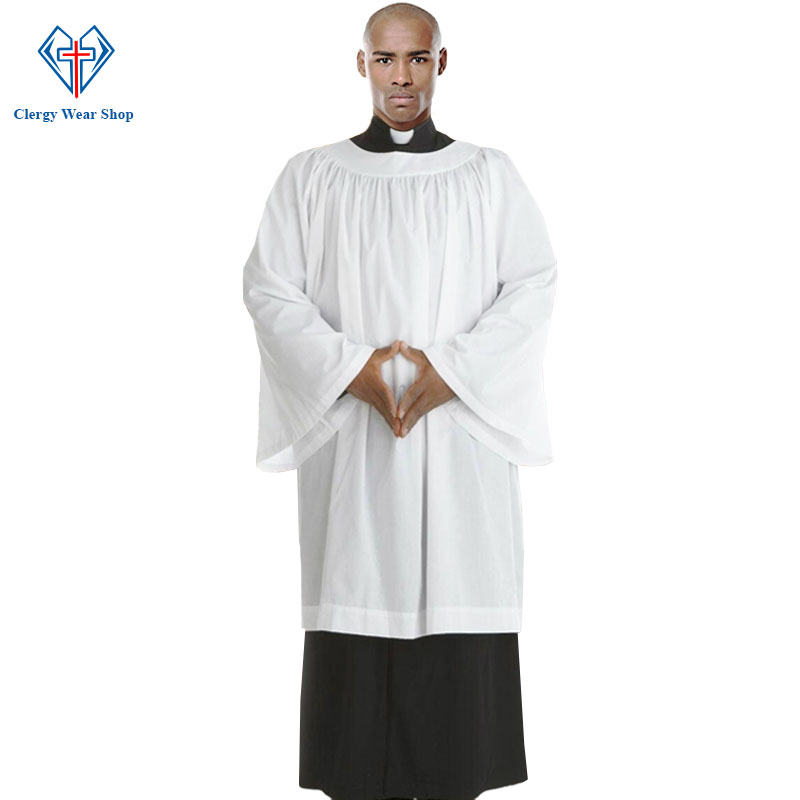
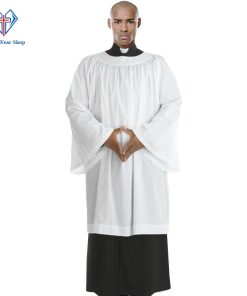
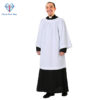
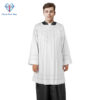

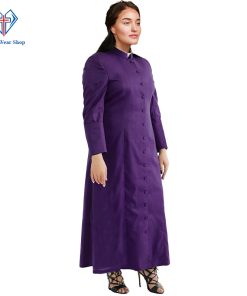
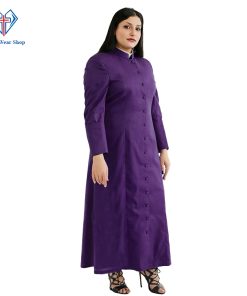


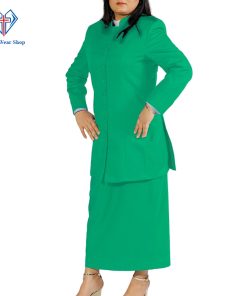

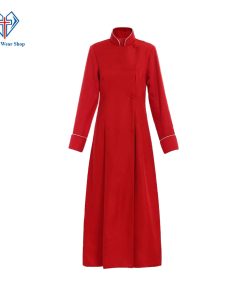







Steven Wilson –
Combining comfort and style, this surplice is a fantastic choice. The fabric is soft, and the design is elegant, making it perfect for various occasions.
Ava Thompson –
AAAA++++++
Michelle Long –
I was very satisfied with this item; it met my expectations.
Elsie Roberts –
The craftsmanship of this surplice is beautiful. The fabric is soft, and the design features are well-executed, making it a great choice.
Eliza Howard –
I was expecting the shirt by a certain date, but it arrived well after. Not happy with the delivery service.
William Collins –
The surplice is just average. It fits well enough, but the fabric could be softer and the overall design lacks a bit of polish.